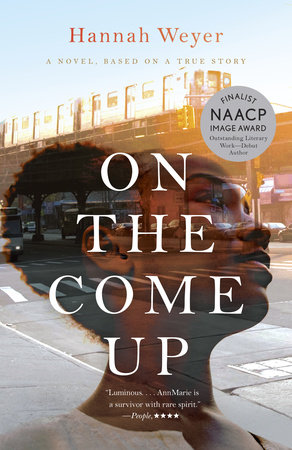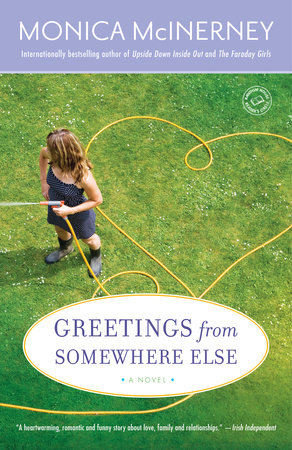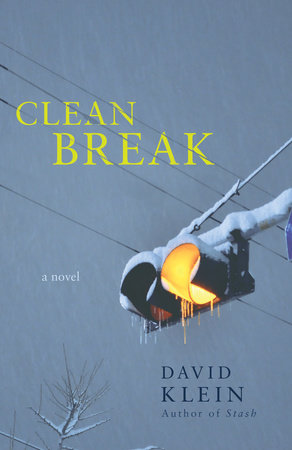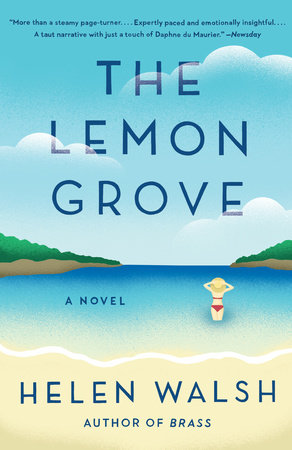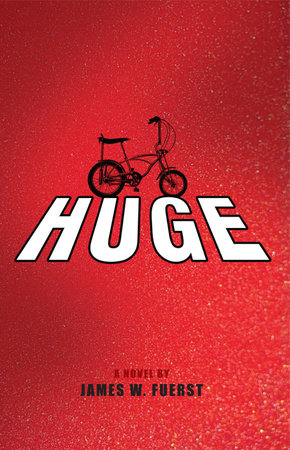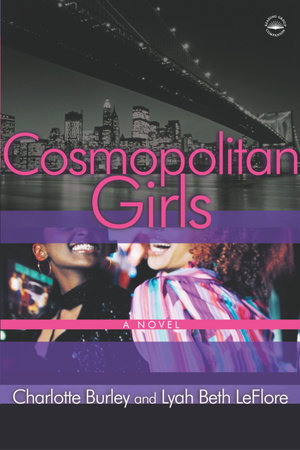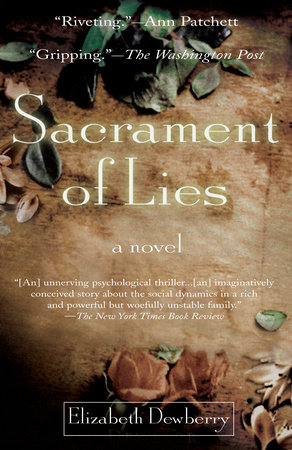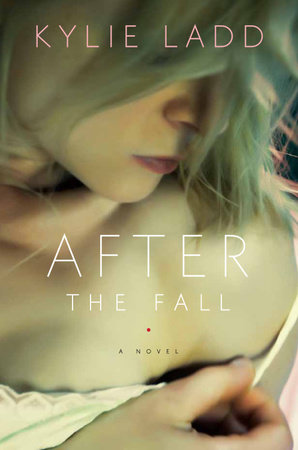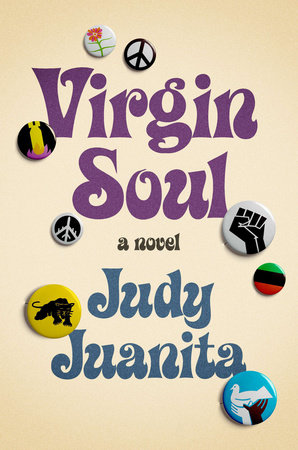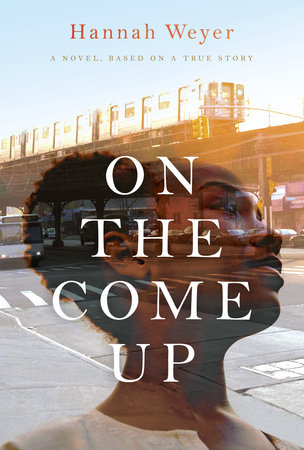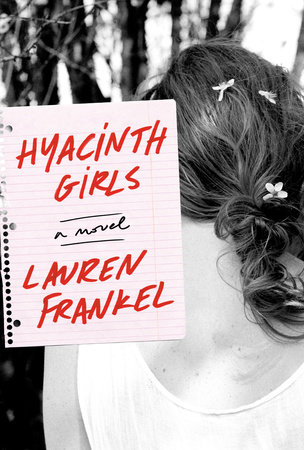Author Q&A
The Story Behind the Book
Fourteen years ago, I met Anna Simpson during the making of the independent film Our Song. At the time, Anna was a 15 year old girl living with her mother in Far Rockaway, Queens – a neighborhood often defined by its social isolation, Section 8 housing and violent crime. Even though Anna had been untrained as an actress and was due to give birth a month before filming began, after four call-backs and many discussions, she was cast to play one of the lead roles in the movie.
At the time, I had recently completed a documentary and was hanging around the Our Song set with a Hi-8 video camera, documenting little moments with the cast, crew, and neighborhood kids. The footage would later become the behind-the-scenes short featured on the DVD. It was there that Anna and I first became friends, though our upbringing, age difference, and day-to-day preoccupations could have kept us apart. Anna’s charm, grit, dreaminess and honesty sparked conversation and laughter, and inspired a friendship that developed and deepened over the next fourteen years.
A few years ago at a family picnic, Anna learned that I was in between projects and trying my hand at writing short fiction. She said, well you know I have a story to tell and we laughed because I knew it was true – in her relatively short life, she did have a story, lots of them, in fact. In the days that followed, I thought about Anna, her neighborhood and the people she grew up with, how she fought to upend her social isolation, to put money in her pocket and raise her child, to defy the downward drag of domestic violence that seemed to be her fate. I wondered about all the small ways individuals find to level the playing field, turn a volatile home into a stable one, or simply find happiness when a sense of well-being isn’t the status quo.
I knew these were questions worth exploring so I called Anna and asked her if she wanted to work together on something, though in the moment, we didn’t know where our collaboration would lead.
Inspired by artists such as filmmaker Mike Leigh, performer Anna Deavere Smith, and novelist Dave Eggers, who incorporate the collaborative process and use factual accounts as a springboard to create fiction – I began a series of conversations with Anna. We’d hang out in my kitchen and talk. Sometimes we’d record the conversation. Over the next several months we amassed hours of recorded interviews which I later transcribed into written form.
After immersing myself in the transcripts, listening to and reading Anna’s oral history, it became clear that her inherent fearlessness would become the dominant trait of AnnMarie Walker, the main character of On The Come Up and that several key events – the birth of her daughter, her role in Our Song, and her eventual departure from Far Rockaway -would act as sign-posts from which I could string together a fictional story about a girl’s rite of passage, an odyssey from one place to another. In a world where dreams of escape are fed by endless stories of overnight success, celebrity and stardom, sometimes the struggle is as simple as finding your way off the block.
My own personal and creative interest in examining family structures, the function of boundaries, the nature of violence and the question of its inescapability provided me with themes and threads from which to imagine and develop characters and a story that I hope readers will relate to.
During the writing of the book, I also drew on my experience working with Brooklyn teens via the media arts. In workshops, and in after school and mentoring programs, I’ve often used film as a jumping off point to discuss bias and power, violence and retaliation, resilience and change. At the onset of any new workshop or film club, I often feel like I’ve dropped down onto another planet, greeted with blank stares, stony faces and suspicious looks. Who are you looks. Alien old person.
Restless with their own internal dramas, hormones surging, these kids arm themselves with coded language, loud outbursts and laughter, or sometimes just plain silence. Somehow though, a pattern takes shape – they hunker down in a darkened room to look at and listen to stories unfolding on the screen. Conversations are sparked, debates take place, ideas are contemplated as they begin to find meaning in art that is relevant to their own lives. In the best moments, the divide between us narrows, and sometimes, if we’re lucky, there’s no divide at all. Just people talking.
My hope is that AnnMarie’s journey will take us deep into that formative age when paths can be taken, or crossed, as a way to help us understand the interconnectedness of individuals and communities, and to remind us that our status and place in the world are not necessarily predetermined, but that like AnnMarie, we too might find ourselves in neighborhoods we’ve never heard of.
—Hannah Weyer, March 2013
